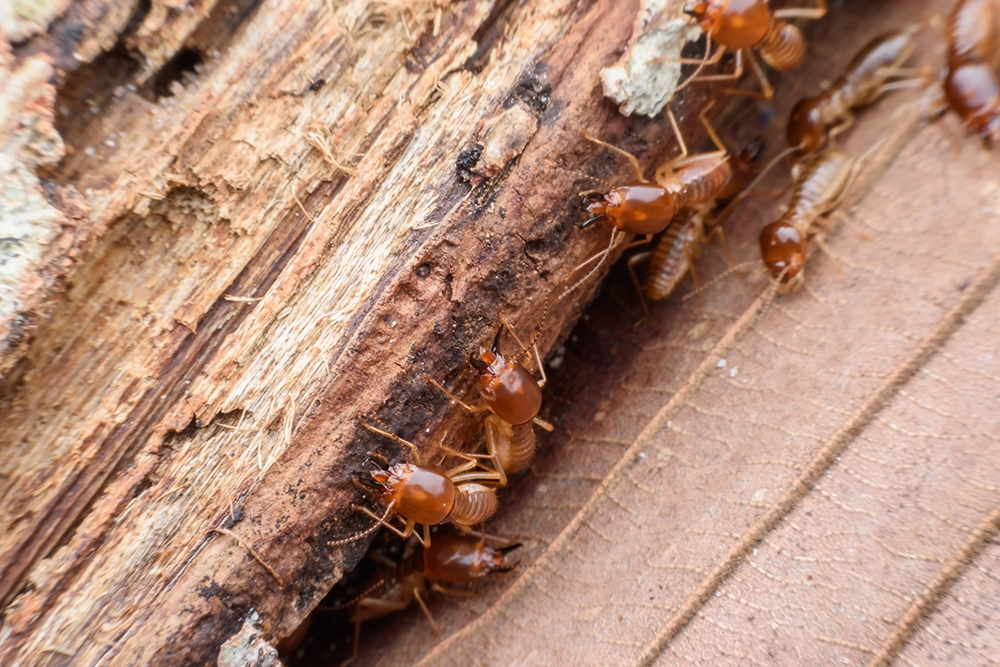The Silent Destroyers: Understanding and Preventing Termite Damage in Your Home
Termites are often called the “silent destroyers” because of their ability to chew through wood, flooring, and even wallpaper undetected. These tiny insects can wreak significant havoc on your home, leading to expensive repairs if not addressed promptly. Here, we explore the characteristics of termites, the common types found in the United States, and effective strategies to prevent and control infestations.
What Are Termites?
Termites are eusocial insects, closely related to cockroaches, that thrive in colonies similar to bees and wasps. These colonies are highly organized, with termites classified into roles such as workers, soldiers, and reproductive individuals (kings and queens). Termites feed primarily on cellulose, a component found in wood and plant matter, making homes ideal for these pests.
Common Types of Termites
Termites vary in size from 4 to 15 millimeters and are usually a shade of brown, but their habitat preferences and behaviors can differ significantly:
- Dampwood Termites: Preferring moist and decaying wood, these termites are often found in homes with water damage.
- Drywood Termites: These termites infest dry wood, such as that found in attic framings, and can cause extensive damage as they do not require contact with the soil.
- Formosan Termites: Known for the enormous size of their colonies, Formosan termites are aggressive wood eaters and can consume vast amounts of wood quickly.
- Subterranean Termites: They are the most destructive type. They require contact with the soil or moisture and are known for creating mud tubes for mobility.
Why Do I Have Termites?
Several factors can attract termites to your home:
- Moisture: Poor ventilation, leaky pipes, and inadequate drainage can create hospitable termite environments.
- Direct Wood Contact: Wood that is in direct contact with the ground, such as firewood stacked against the house or tree limbs touching the home, can serve as a bridge for termites.
- Cracks in Foundation: Small openings can allow termites easy access to the structure of a home.
Signs of Termite Infestation
Be vigilant for these signs that might indicate a termite presence:
- Flying Swarmers: The appearance of winged termites or discarded wings near window sills and doors.
- Damaged Wood: Wood that sounds hollow when tapped appears darkened, or crumbles easily.
- Mud Tubes: Pencil-sized dirt tubes near the base of the home.
Preventative Measures to Protect Your Home
Taking proactive steps can help prevent termite infestations before they start:
- Improve Drainage: Ensure clean gutters and downspouts direct water away from your home’s foundation.
- Store Wood Properly: Keep firewood, mulch, and wood debris away from your home’s foundation.
- Regular Inspections: Schedule annual inspections with a professional pest control service to catch early signs of termite activity.
- Seal Entry Points: Regularly inspect your home’s foundation for cracks and crevices and seal them to prevent termite entry.
Expert Help for Termite Control
If you suspect a termite infestation, contacting a professional pest control company is crucial. They can provide a thorough inspection and recommend a tailored treatment plan to eradicate termites and prevent future invasions.
For more information or to schedule an inspection, contact Prime Pest Co. today. Protect your home from the costly damage termites can inflict and ensure peace of mind.





